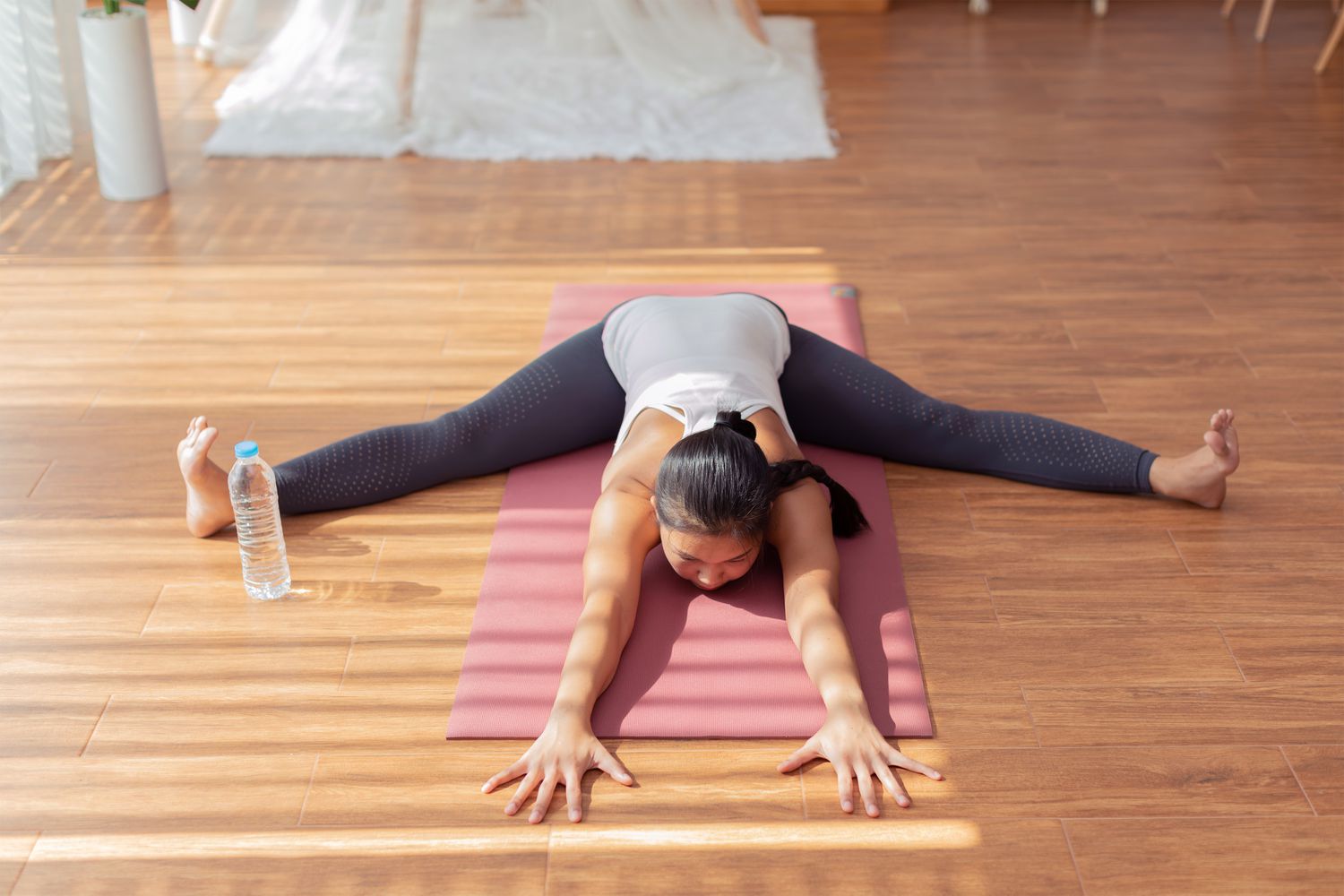If you’re new to fitness, stretching might seem like an optional extra — something you do only before or after a workout. But in reality, stretching is a vital part of every fitness routine. It helps you move better, feel better, and avoid injuries that can slow down your progress. Whether you’re a total beginner or getting back into exercise after a break, here’s everything you need to know about stretching.
1. Why Stretching Matters
Stretching keeps your muscles flexible, strong, and healthy. Without it, your muscles can shorten and tighten, which increases your risk of pain and injury. Regular stretching improves posture, range of motion, and even blood flow — helping your body perform at its best during every workout.
2. The Two Main Types of Stretching
There are two basic types of stretches — and both have their place in your routine:
- Dynamic Stretching – These are controlled movements that warm up your muscles before exercise (like arm circles, leg swings, or torso twists). They prepare your body for activity and help prevent injuries.
- Static Stretching – These involve holding a position for 15–30 seconds after your workout (like touching your toes or a seated hamstring stretch). Static stretches help muscles relax and recover.
3. When and How to Stretch
- Before a workout: Focus on dynamic stretches to warm up and activate your muscles.
- After a workout: Use static stretches to cool down and improve flexibility.
Try to stretch for at least 5–10 minutes each time you exercise — and don’t rush it. Move slowly, breathe deeply, and never push to the point of pain.
4. Simple Stretches for Beginners
Here are a few easy stretches you can start with:
- Neck rolls – Gently roll your head side to side to release tension.
- Shoulder stretch – Pull one arm across your chest and hold for 15 seconds.
- Standing quad stretch – Hold your ankle behind you to stretch your thigh.
- Hamstring stretch – Sit down and reach toward your toes with straight legs.
- Calf stretch – Step one foot back and press your heel into the ground.
Do each stretch slowly and evenly on both sides.
5. The Benefits of Regular Stretching
- Increases flexibility and mobility
- Reduces stiffness and muscle soreness
- Improves circulation and recovery
- Helps prevent injuries
- Boosts relaxation and reduces stress
Even just a few minutes of stretching every day can make a big difference in how your body feels and moves.
6. Common Mistakes to Avoid
- Bouncing during stretches — This can strain muscles. Move gently.
- Holding your breath — Always breathe deeply and steadily.
- Skipping warm-ups — Cold muscles are more prone to injury.
- Being inconsistent — Flexibility improves only with regular practice.
Final Thoughts
Stretching isn’t just for athletes — it’s for everyone. Making it part of your routine will help your body recover faster, move more freely, and stay injury-free. Start small, stay consistent, and enjoy how good your body feels when it’s flexible and strong. Remember: a few minutes of stretching today can save you from weeks of pain tomorrow.

